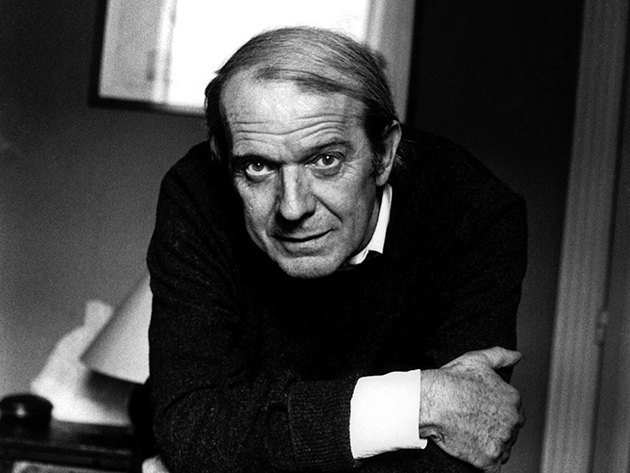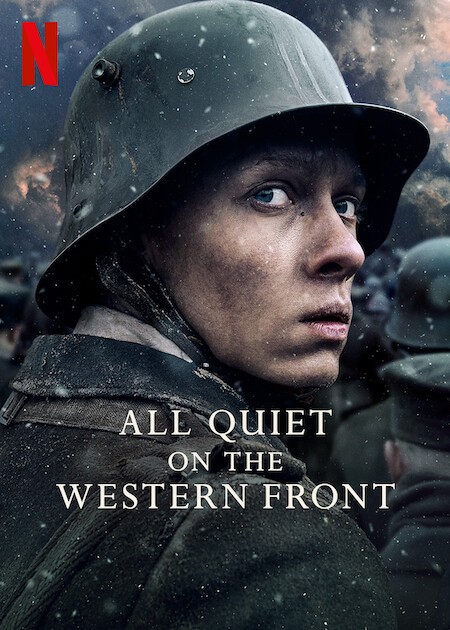Giles Deleuze and Film Theory
After watching the YouTube video on Giles Deleuze and Film Theory: "The Cinema Books", it was interesting to see the break down of movement-image and time-image. Movement-image is the time subordinate to action and movement as time-image is movement and action are subordinated to the flow of time. Movement-time is associated with classical Hollywood cinema, Soviet Montage, pre-war French, and German Cinemas as time-image is associated with Post-WWII European cinema, Italian Neo-Realism, and French New Wave.
An interesting point that was made was that image does not mean picture. Just because a picture has movement does not mean that it is a movement-image. Deleuze says the image itself is the system of the relationships between its elements. To him it is not just a stand alone image it is more of a system that is interacting with our eyes and ears. The characters in films help play a role in this as well. The video breaks it down into perceive, affected, and take action. The characters go through three phases to give the full affect of movement-image.
The time-image is when characters find themselves in a situation when they cannot act and react in a direct and quick way. It showcases realism rather than the classic Hollywood story telling. It shows the characters going through everyday events rather than just showing the best parts.
I think this video did a great job of explaining and breaking down the differences between movement-image and time-image. I believe that I have a better understanding between the two after watching this video.




Comments
Post a Comment